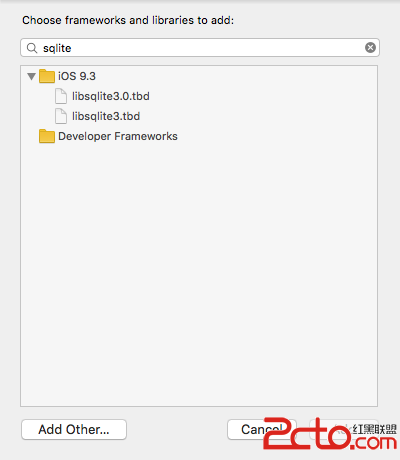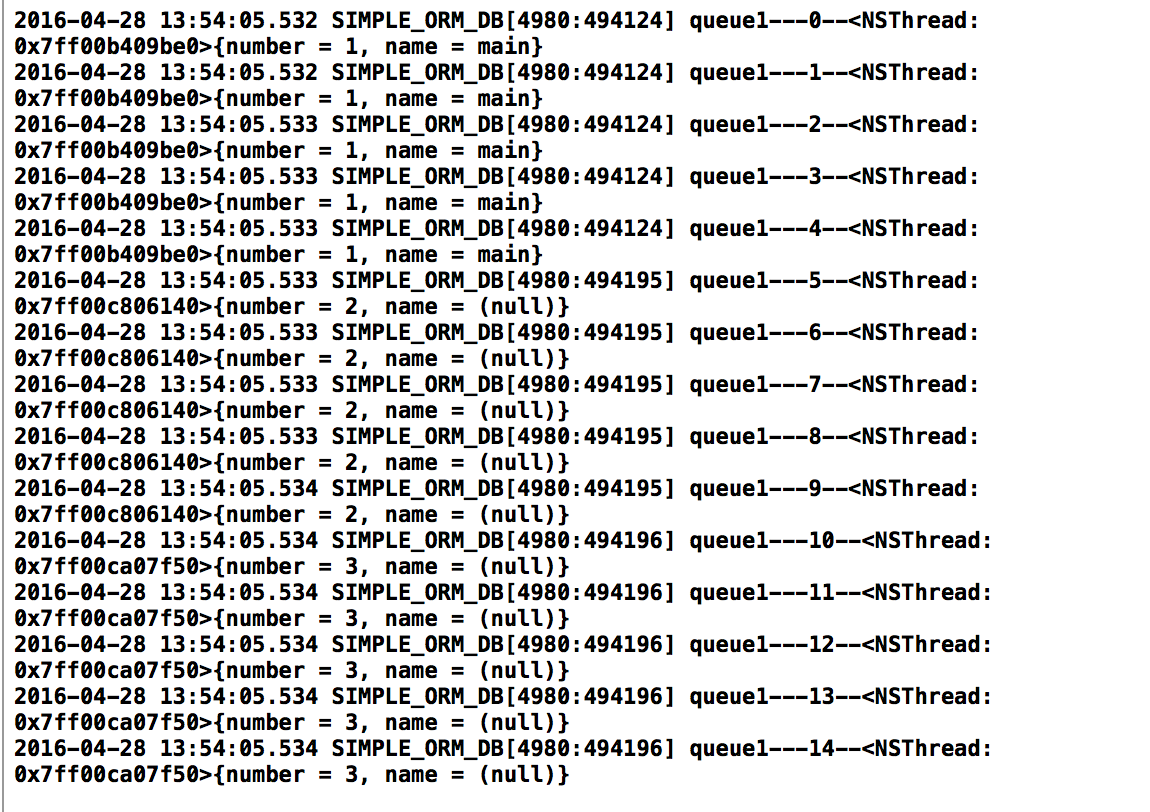iOS本地推送簡單實現代碼
編輯:IOS開發綜合
本文為大家分解介紹了iOS本地推送代碼的三步驟,供大家參考,具體內容如下
第一步:創建本地推送
// 創建一個本地推送
UILocalNotification *notification = [[[UILocalNotification alloc] init] autorelease];
//設置10秒之後
NSDate *pushDate = [NSDate dateWithTimeIntervalSinceNow:10];
if (notification != nil) {
// 設置推送時間
notification.fireDate = pushDate;
// 設置時區
notification.timeZone = [NSTimeZone defaultTimeZone];
// 設置重復間隔
notification.repeatInterval = kCFCalendarUnitDay;
// 推送聲音
notification.soundName = UILocalNotificationDefaultSoundName;
// 推送內容
notification.alertBody = @"推送內容";
//顯示在icon上的紅色圈中的數子
notification.applicationIconBadgeNumber = 1;
//設置userinfo 方便在之後需要撤銷的時候使用
NSDictionary *info = [NSDictionary dictionaryWithObject:@"name"forKey:@"key"];
notification.userInfo = info;
//添加推送到UIApplication
UIApplication *app = [UIApplication sharedApplication];
[app scheduleLocalNotification:notification];
}
第二步:接收本地推送
- (void)application:(UIApplication *)application didReceiveLocalNotification:(UILocalNotification*)notification{
UIAlertView *alert = [[UIAlertView alloc] initWithTitle:@"iWeibo" message:notification.alertBody delegate:nil cancelButtonTitle:@"確定" otherButtonTitles:nil];
[alert show];
// 圖標上的數字減1
application.applicationIconBadgeNumber -= 1;
}
第三步:解除本地推送
// 獲得 UIApplication
UIApplication *app = [UIApplication sharedApplication];
//獲取本地推送數組
NSArray *localArray = [app scheduledLocalNotifications];
//聲明本地通知對象
UILocalNotification *localNotification;
if (localArray) {
for (UILocalNotification *noti in localArray) {
NSDictionary *dict = noti.userInfo;
if (dict) {
NSString *inKey = [dict objectForKey:@"key"];
if ([inKey isEqualToString:@"對應的key值"]) {
if (localNotification){
[localNotification release];
localNotification = nil;
}
localNotification = [noti retain];
break;
}
}
}
//判斷是否找到已經存在的相同key的推送
if (!localNotification) {
//不存在初始化
localNotification = [[UILocalNotification alloc] init];
}
if (localNotification) {
//不推送 取消推送
[app cancelLocalNotification:localNotification];
[localNotification release];
return;
}
}
以上就是本文的全部內容,希望對大家的學習有所幫助,也希望大家多多支持本站。
相關文章
+



